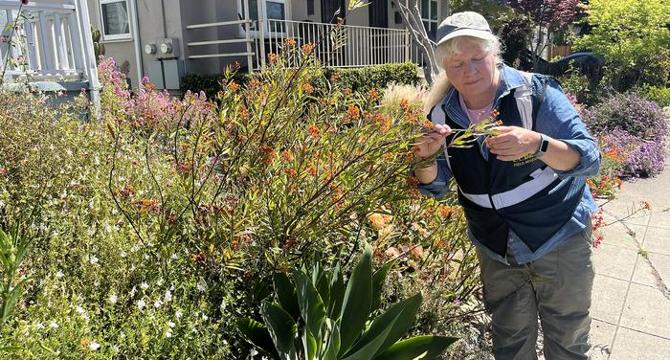Bioengineer
1w
362

Image Credit: Bioengineer
Monarch Butterflies in Cities Remain Stationary
- Monarch butterflies in certain western populations have started remaining stationary in urban environments around California's San Francisco Bay Area instead of migrating, thanks to the presence of non-native milkweed species.
- Research from the University of California, Davis focuses on tracking monarch presence, breeding habits, and parasite levels in urban neighborhoods, revealing insights into their interactions and demographics.
- Traditionally, western monarchs undertook long migrations from various states to coastal California, but the migratory population has significantly declined in recent years.
- Resident monarch populations in urban areas do not seem closely connected to migratory monarchs and are considered a separate demographic unit with distinct characteristics.
- The study challenges concerns about non-native milkweeds negatively impacting monarch health and advocates for a balanced approach to monarch habitat conservation in urban landscapes.
- Urban environments play a crucial role in supporting resident monarch populations, fostering biodiversity, and engaging communities in pollinator conservation efforts.
- Residents and gardeners can actively contribute to monarch conservation by planting milkweed, supporting nectar sources, and participating in butterfly stewardship.
- The research emphasizes the need for adaptive conservation strategies to protect monarch populations amidst urbanization and potential environmental changes.
- Private-sector funding, like that from Google, has supported monarch butterfly research and habitat restoration efforts, highlighting the importance of corporate environmental responsibility.
- By understanding the complexities of monarch populations and their urban interactions, researchers and communities can work together to enhance monarch conservation efforts.
Read Full Article
21 Likes
For uninterrupted reading, download the app